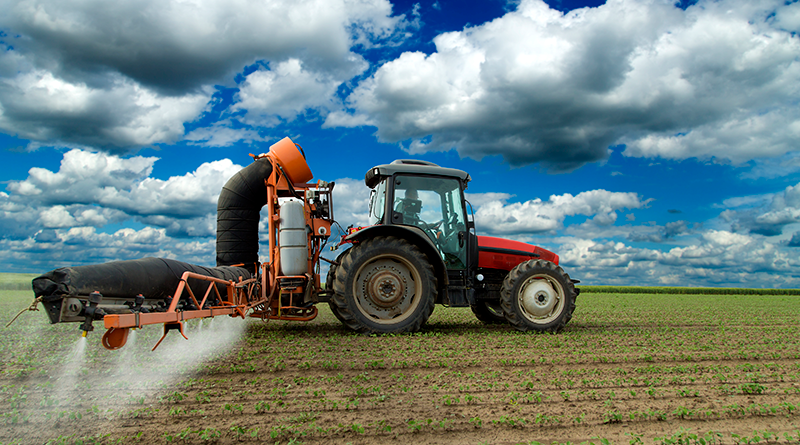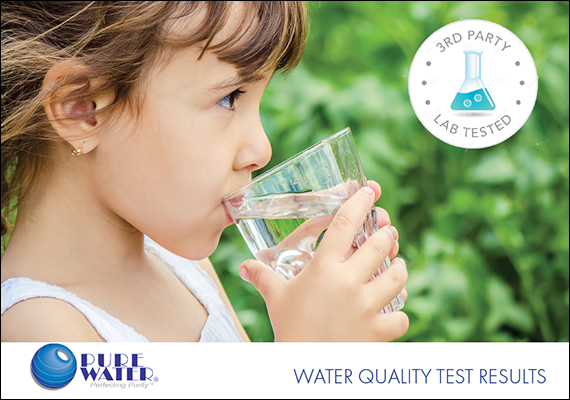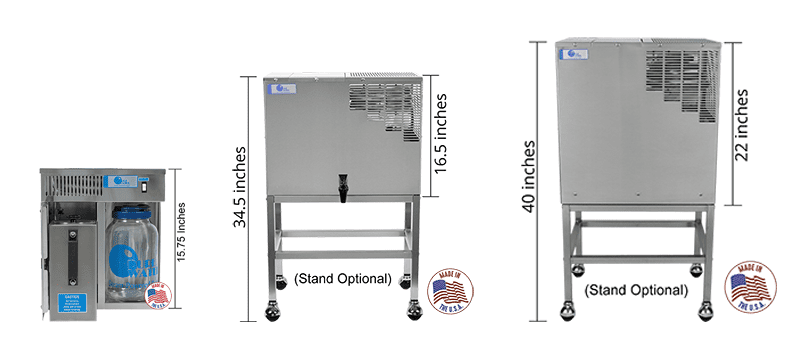
Pesticides have become a cornerstone of modern agriculture, ensuring crops are protected from pests and diseases, thus securing food supplies and economic stability, but at what cost to groundwater, rivers, lakes, and drinking water? The pervasive use of these chemicals has led to significant environmental concerns, particularly regarding water contamination.
Why Pesticides are Used
Pesticides are heavily used in contemporary farming practices. They serve to protect crops from insects, weeds, fungi, and other pests. By reducing crop loss, pesticides help ensure higher yields which help feed the growing global population. Pesticides can reduce the need for more labor-intensive farming practices, thereby lowering production costs and increasing efficiency. Without pesticides, farmers would struggle to maintain the levels of productivity needed to meet the demands of consumers. However, the benefits of pesticide use come with significant environmental trade-offs, particularly concerning water quality.
Impact of Pesticides on Groundwater
Groundwater contamination by pesticides is a pressing issue, especially in regions with intensive agricultural activities. When pesticides are applied to crops, they can leach into the soil and eventually reach groundwater sources. This process is influenced by various factors, including the chemical properties of the pesticide, soil type, climate, and farming practices.
Once in the groundwater, pesticides can persist for long periods, posing risks to humans, wildlife and the environment. Contaminated groundwater can affect drinking water supplies, as many communities rely on wells for their water. Exposure to certain pesticides has been linked to a range of health problems, including cancer, endocrine disruption, and developmental issues in children.
Farmers’ Efforts to Curtail Pesticide Overuse
Recognizing the environmental and health risks associated with pesticide use, many farmers are adopting practices to reduce their reliance on these chemicals. Integrated Pest Management (IPM) is one such approach that combines biological, cultural, mechanical, and chemical methods to control pests in an environmentally sustainable way. IPM encourages the use of natural predators, crop rotation, and resistant crop varieties to minimize pest populations.
Precision agriculture is another method gaining popularity. By using technology such as GPS, drones, and soil sensors, farmers can apply pesticides more accurately and efficiently, targeting only the areas that need treatment. This reduces the overall amount of chemicals used and minimizes their impact on the environment.
Pesticides in Well Water and Tap Water
The presence of pesticides in well water and tap water is a significant concern for many households, particularly in agricultural areas. Well water is particularly vulnerable to contamination because it is often directly connected to groundwater sources. Once pesticides enter the groundwater, they can easily contaminate wells.
Municipal water supplies are also at risk, although they are typically subject to more rigorous testing and treatment processes. However, the effectiveness of these treatments can vary, and not all pesticides are routinely tested for. The potential health risks of consuming contaminated water make it imperative to understand how different purification methods can address this issue.
Reverse Osmosis (RO) and Pesticides
Reverse Osmosis (RO) is a popular water purification method that can effectively remove many contaminants, including certain pesticides. RO works by forcing water through a semipermeable membrane, which blocks larger molecules and contaminants from passing through. This process can remove a wide range of substances, including heavy metals, bacteria, and some pesticides.
However, the effectiveness of RO systems in removing pesticides depends on the specific chemical properties of the pesticides in question. While RO can remove many common pesticides, it may not be as effective for certain compounds that are smaller or have similar properties to water molecules.
Pitcher Filters and Pesticides
Pitcher filters are a convenient and affordable option for improving water quality at home. These filters typically use activated carbon to remove contaminants from water. Activated carbon is highly effective at adsorbing organic compounds, including many pesticides.
However, the effectiveness of pitcher filters varies depending on the design and quality of the filter. While they can reduce the concentration of certain pesticides, they may not remove all contaminants completely.
Distillation and Pesticides
Distillation is another method used to purify water by heating it to produce steam and then condensing the steam back into liquid form. This process effectively removes a wide range of contaminants, including bacteria, heavy metals, and many organic compounds.
Distillation can remove many pesticides from water because the process involves boiling, which separates volatile and non-volatile substances. However, some pesticides with lower boiling points may vaporize along with the water and condense into the purified water. To address this, additional filtration stages are often included in distillation systems to enhance their effectiveness. Pure Water Distillers have a carbon post filter to filter out any VOC’s. Our independent lab results speak for themselves with over 99% of contaminants removed.
Pesticides in Tap Water: Testing and Reality
Municipal water supplies are subject to regulations that require regular testing for a range of contaminants, including pesticides. However, the number of pesticides tested for can be limited compared to the total number of pesticides used in agriculture. For example, the Environmental Protection Agency (EPA) in the United States sets standards for drinking water and requires testing for specific contaminants, but not all possible pesticides are included in routine testing.
The discrepancy between the number of pesticides tested and those that exist poses a challenge. As a result, some pesticides may go undetected and untreated in municipal water supplies. This highlights the importance of using additional water purification methods at home to ensure safe drinking water.
Would You Like to Learn More?
The issue of pesticides in water is complex and multifaceted, with significant implications for public health and environmental sustainability. While pesticides play an important role in modern agriculture, their potential to contaminate water sources cannot be overlooked. Farmers are making strides to reduce pesticide use through sustainable practices, but the risk of contamination remains.
Understanding the effectiveness of different water purification methods, such as reverse osmosis, pitcher filters, and distillation, is vital for safeguarding water quality. For those interested in learning more about water quality issues, several resources can provide valuable information. Organizations such as the Environmental Protection Agency (EPA), World Health Organization (WHO), and local water authorities offer comprehensive guides and reports on water quality standards and testing. Additionally, water testing kits are available for home use, allowing individuals to monitor the quality of their water and take appropriate measures to ensure its safety.
Staying informed and proactive about water quality is essential for protecting health and the environment. By understanding the sources of contamination and the effectiveness of different purification methods, individuals can make informed decisions to ensure they have access to clean, safe drinking water.
What is the Difference Between Water Purification and Water Distillation?






Leave a Reply